Today, we would like to introduce our new product to you, our dear partners. At the same time we will present to you information related to our Vertical Structure in the form of a Q&A. The questions you want to know, we think for you first. [Quickly Linked to Our Product]
Question 1:"Where are vertical solar mounting structures generally applicable?"
Vertical solar mounting structures are generally applicable in the following types of regions or environments:
1. Urban areas with limited land resources: In cities, where land is scarce, vertical solar mounting structures can be installed on rooftops or vacant lots, saving space while improving photovoltaic efficiency.
2. High-latitude regions: Vertical mounts are particularly advantageous in high-latitude areas, where the sun's angle is low during winter. The vertical structure allows better capture of low-angle sunlight, improving energy generation efficiency.
3. Windy areas: Vertical mounts are typically designed to withstand strong winds, making them suitable for regions with high wind speeds, such as coastal areas or high-altitude mountains. The structure is more resistant to wind impact.
4. Desert and arid regions: In desert areas, vertical solar mounting structures effectively avoid the effects of high surface temperatures and sandstorms while allowing large-scale energy generation with minimal land use.
5. Mountainous or irregular terrain areas: Vertical solar mounting structures are also suitable for mountainous or uneven terrain, as they can be installed flexibly according to the landscape, without requiring large-scale land clearing.
6. Agricultural areas (dual-use): Vertical mounts can be integrated with agriculture through the "agrivoltaics" model, simultaneously allowing crop cultivation and solar energy generation. This is ideal for areas that need to balance agricultural and energy needs.
This vertical layout design is suitable for regions that require maximum land use, enhanced system efficiency, and adaptability to environmental conditions.
Question 2:"What are the requirements for geological and climatic conditions for vertical solar mounting structures?"
The design of vertical solar mounting structures must be tailored based on the following factors:
- Geological conditions: Consider soil bearing capacity, whether additional foundation reinforcement (e.g., piles) is needed, and seismic activity.
- Climatic conditions: Account for wind, snow, temperature, precipitation, and humidity, and use materials and designs suited to the local climate.
Through scientific design and proper construction, vertical solar mounting structures can ensure stability and efficient operation in a wide range of complex geological and climatic conditions. We recommend wind speeds in the range of 0-45m/s and snow loads of 0-200cm.
Question 3: ”What are the advantages of using galvanized aluminum-magnesium (ZAM) material for vertical solar mounting structures?“
The use of galvanized aluminum-magnesium (ZAM) material in vertical solar mounting structures has several advantages, particularly in terms of weather resistance, corrosion resistance, and structural strength. Below are the main benefits of using this material:
1. Excellent Corrosion Resistance: Galvanized aluminum-magnesium alloy has superior corrosion resistance, especially in harsh environments like coastal areas or industrial zones. The combination of aluminum and magnesium effectively resists corrosion, ensuring a longer lifespan for the mounting structures.
2. Good Weather Resistance: This material is highly resistant to UV radiation and extreme weather conditions. It won’t degrade or discolor from sun exposure, and its ability to withstand temperature extremes makes it ideal for both hot and cold climates.
3. Strong Mechanical Properties: The high strength of galvanized aluminum-magnesium alloy allows it to withstand significant external forces, such as strong winds or seismic activity. Its durability reduces the risk of damage in harsh conditions, making it reliable for long-term use.
4. Effective Heat Dissipation: Thanks to magnesium, the alloy has good thermal conductivity, which helps dissipate heat and prevents overheating, ensuring optimal performance of the solar panels.
5. Environmentally Friendly: The material is recyclable, making it an eco-friendly option. By using galvanized aluminum-magnesium alloy, the environmental impact is minimized through reduced waste and longer-lasting materials.
6. Lower Maintenance Costs: The enhanced corrosion resistance reduces the need for frequent maintenance or replacements, which helps lower long-term maintenance costs and improves the overall cost-effectiveness of the solar mounting system.
7. Lightweight and Strong: Despite its strength, galvanized aluminum-magnesium alloy is lightweight, making transportation and installation easier, particularly in remote or difficult-to-reach areas.


 English
English Deutsch
Deutsch Português
Português 日本
日本
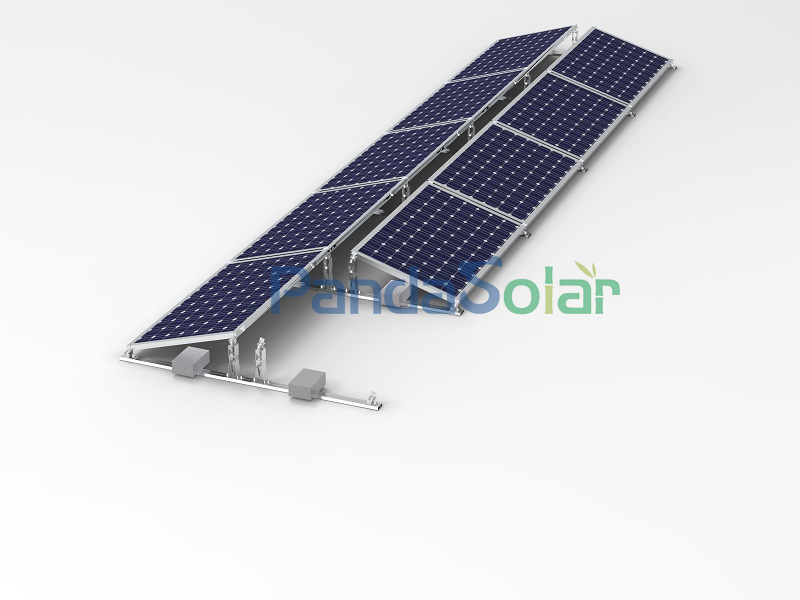
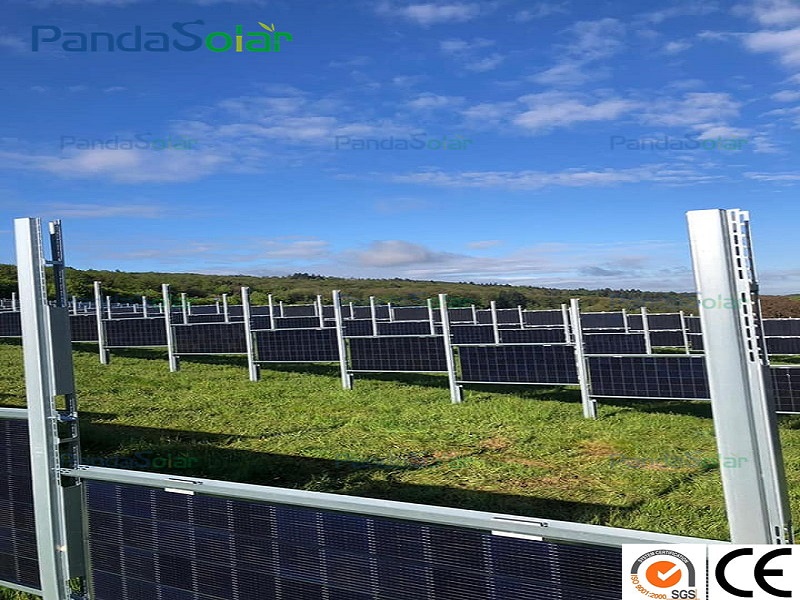
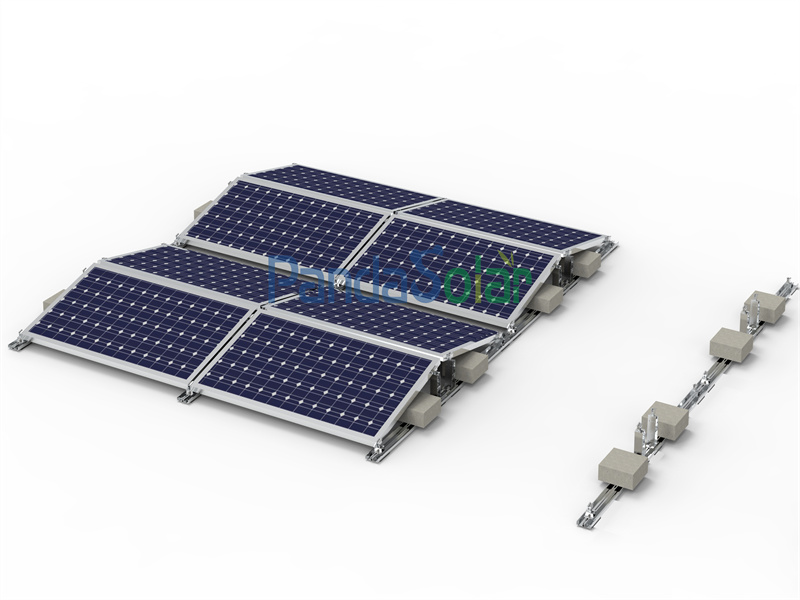
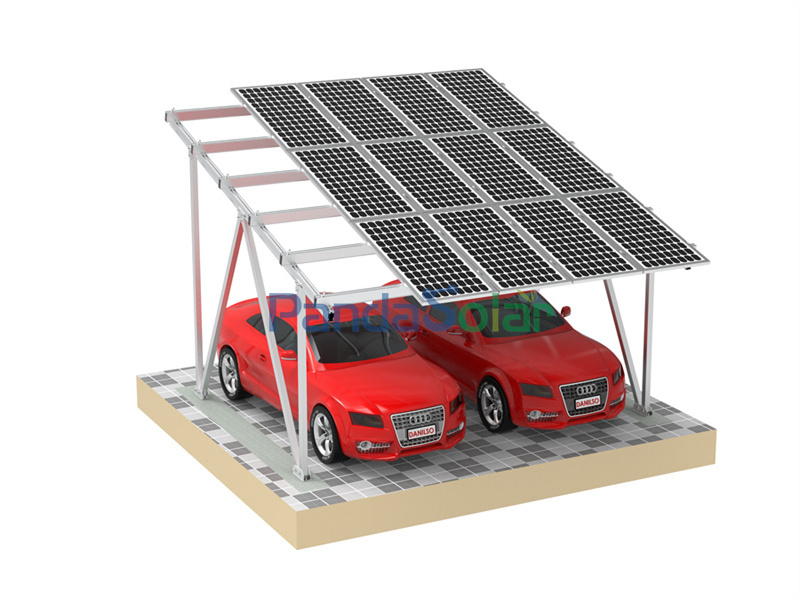
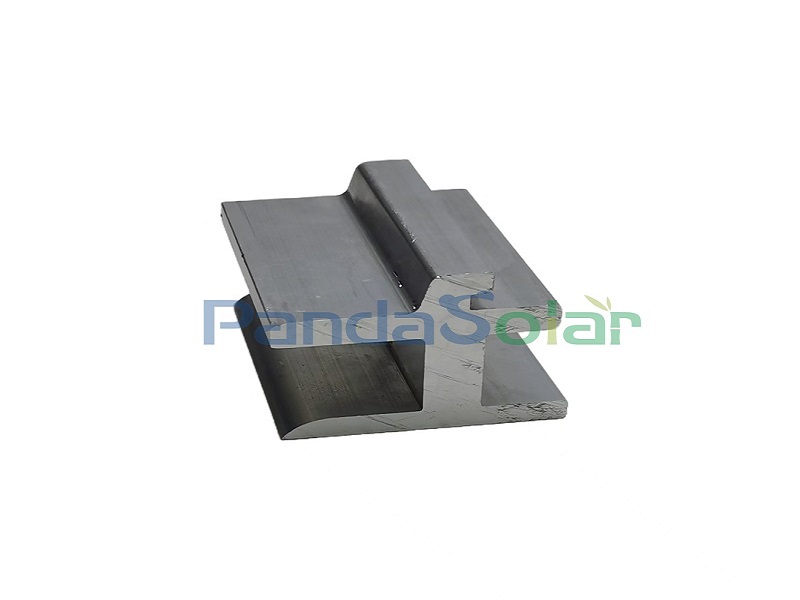

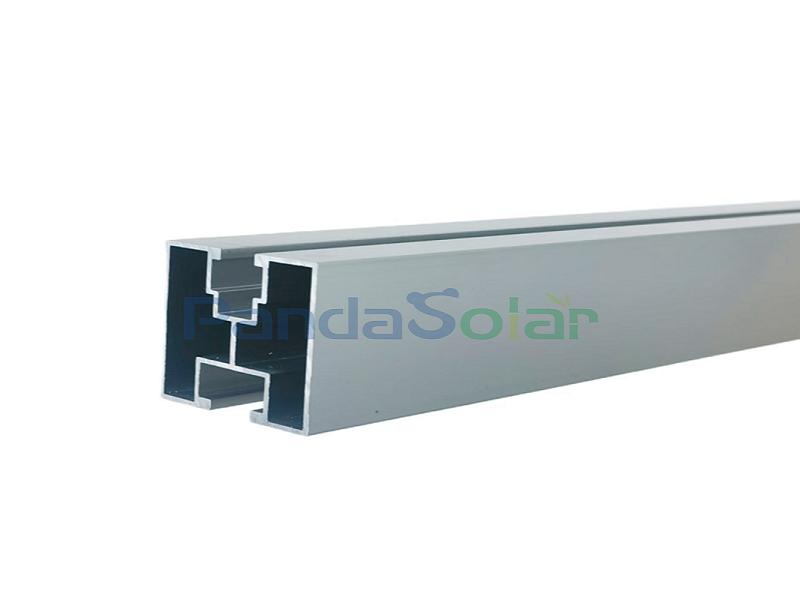
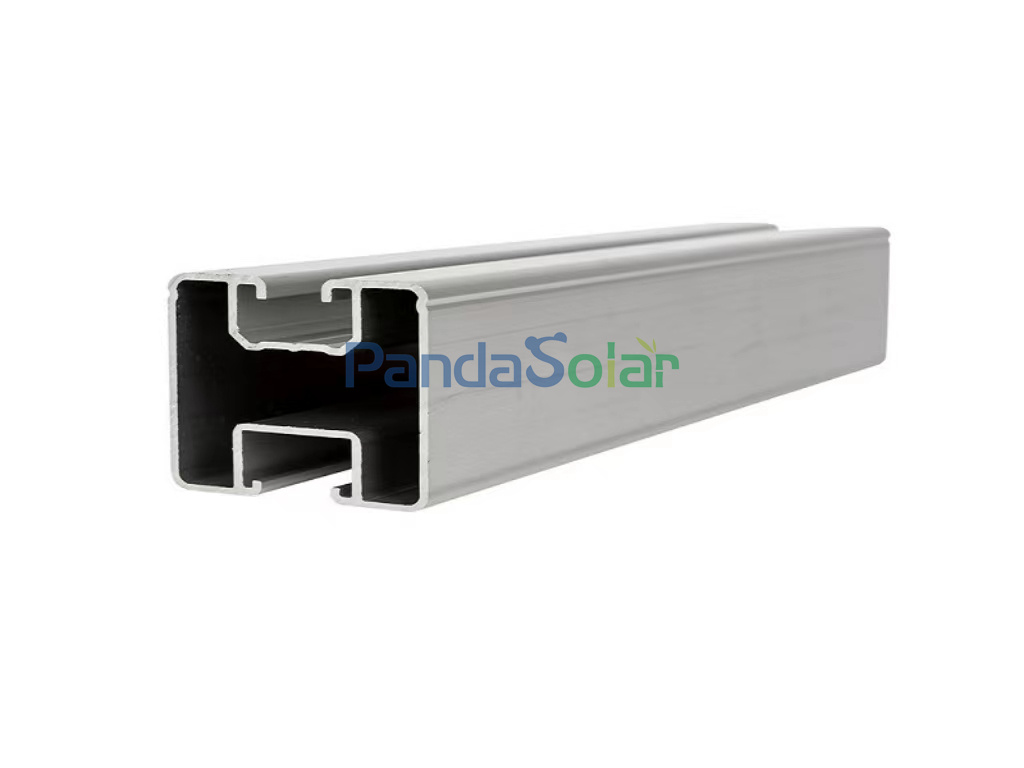



 IPv6 RED SOPORTADA
IPv6 RED SOPORTADA